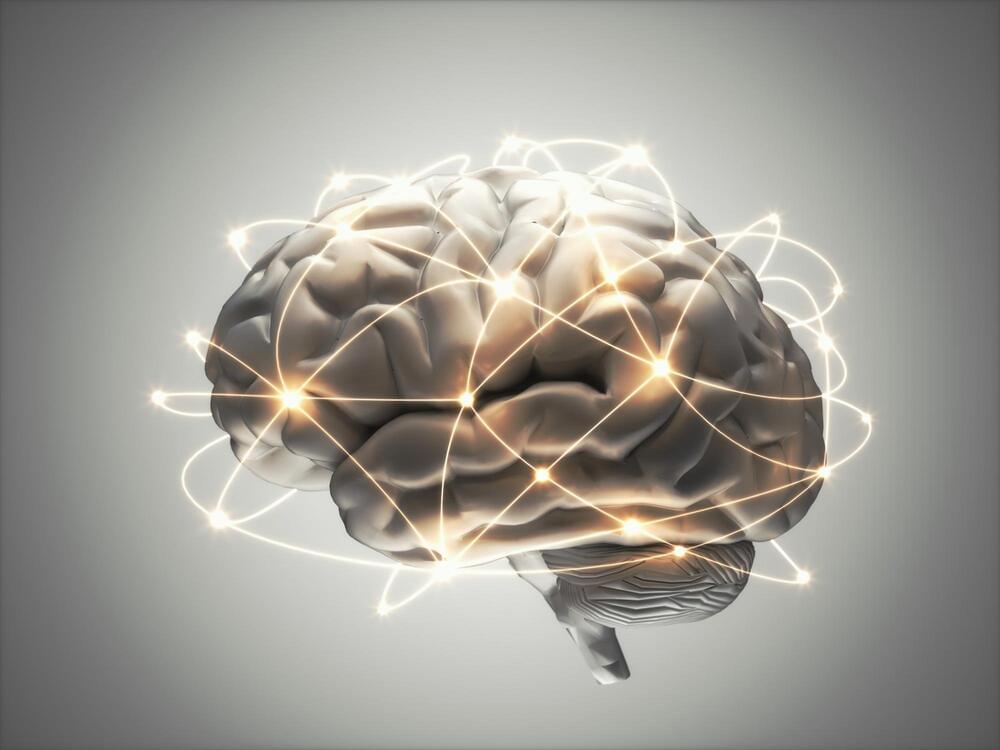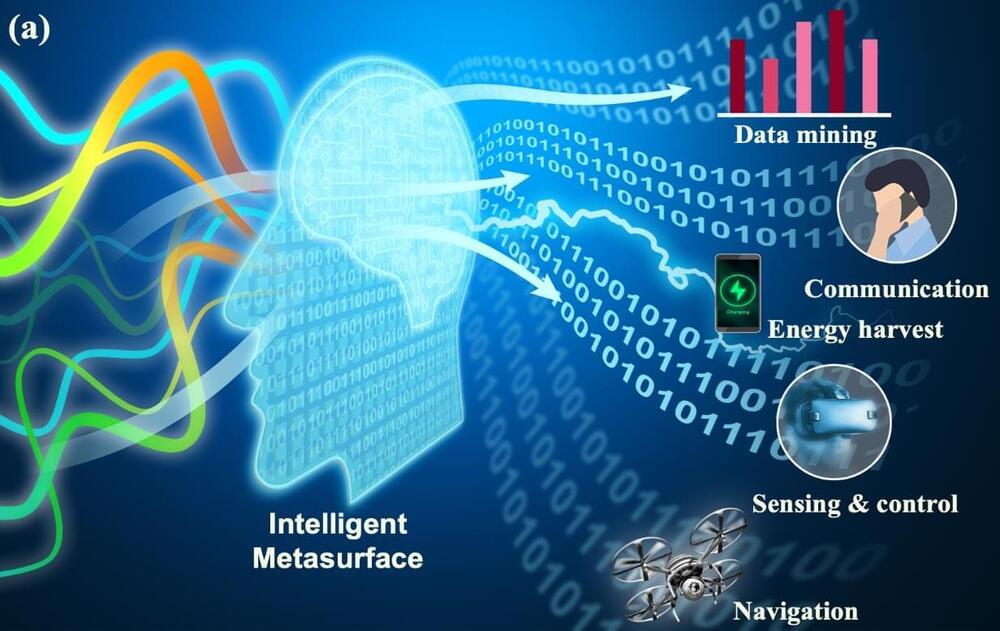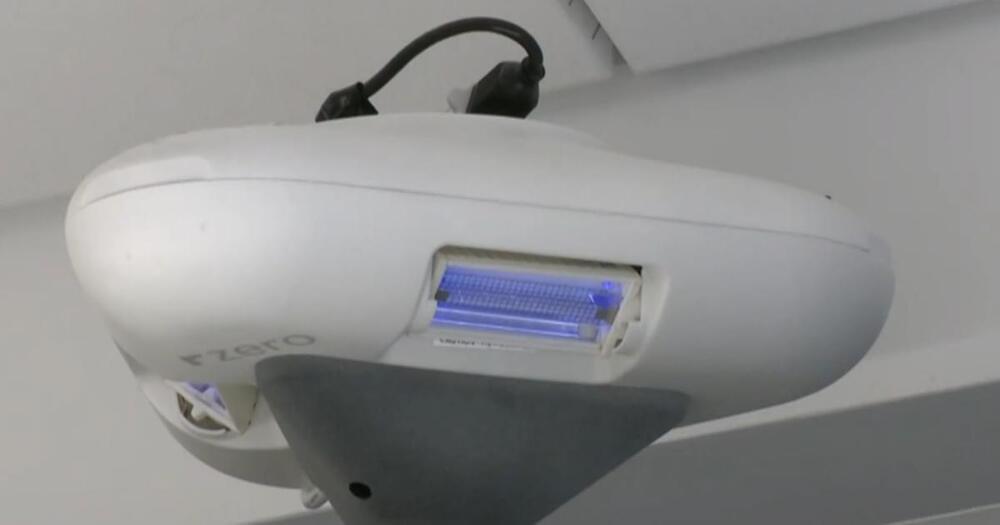Nestled 30 feet underground in Menlo Park, California, a half-mile-long stretch of tunnel is now colder than most of the universe. It houses a new superconducting particle accelerator, part of an upgrade project to the Linac Coherent Light Source (LCLS) X-ray free-electron laser at the Department of Energy’s SLAC National Accelerator Laboratory.
Crews have successfully cooled the accelerator to minus 456 degrees Fahrenheit—or 2 Kelvin—a temperature at which it becomes superconducting and can boost electrons to high energies with nearly zero energy lost in the process. It is one of the last milestones before LCLS-II will produce X-ray pulses that are 10,000 times brighter, on average, than those of LCLS and that arrive up to a million times per second—a world record for today’s most powerful X-ray light sources.
“In just a few hours, LCLS-II will produce more X-ray pulses than the current laser has generated in its entire lifetime,” says Mike Dunne, director of LCLS. “Data that once might have taken months to collect could be produced in minutes. It will take X-ray science to the next level, paving the way for a whole new range of studies and advancing our ability to develop revolutionary technologies to address some of the most profound challenges facing our society.”









